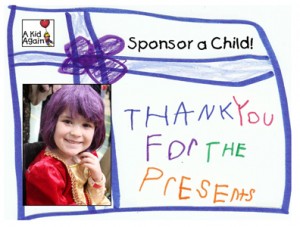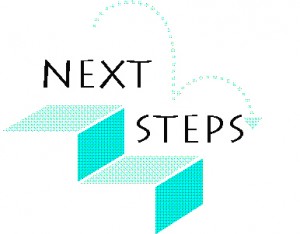Do You Know the Four Parts to a Successful Elevator Speech?
What’s the purpose of your 30 second elevator speech?
Is it to convey information? Is it to impress your listener? Perhaps to “sell” someone?
I think most elevator speeches get it all wrong.
The purpose is not to “pitch” someone.
The real purpose of an elevator speech is to generate a conversation. And even more, generate some followup.
Now, that’s worth some effort in my book, how about yours?
There are four parts to a successful elevator speech:
Part 1. What You Say.
What DO you say when you only have a very short 30 seconds?
Here’s what you don’t talk about:
- What you do
- Your programs
- Your services
Here’s what you DO talk about:

- Why the work is so important
- The results you create in your community
- Best of all, WHY YOU PERSONALLY CARE!
The WHY of your organization is more interesting than the WHAT.
That’s why board members are often able to speak more passionately and compellingly than staff. It’s because they are at the 30,000 foot level.
They aren’t burdened with all the data and information that staff has.
They are able to simplify the message and hone in on what’s most important: the WHY.
Don’t give them too much information.
People don’t want information. They want a story. And faith in you and your cause, says Annette Simmons in “Whoever Tells the Best Story Wins.”
Part 2. How You Say It.
A great elevator speech is delivered in a certain way.
How DO you say it?
- You’re full of enthusiasm and energy.
- You’re personal, open and authentic.
- You are speaking from the heart.
That’s why a canned elevator speech will fail every time. It’s just not heart-felt.
Your goal is to “enchant” your listener. I’m loving Guy Kawasaki’s book “Enchantment” – my summer reading fav!
Ralph Waldo Emerson got it right:
“Nothing great was ever achieved without enthusiasm!”
It’s all energy anyway, isn’t it? Your energy is contagious. It’s catching.
If you are nervous and showing up like you are rehearsed, your energy will be yucky.
If you are excited and alive with the passion of making the world a better place, your energy will be sparkling.
And your friend will be enchanted!
Part 3. Seek A Reaction.
After about 30 seconds, you MUST stop and let your listener say something.
Chances are, if you’ve been excited and engaging, your friend will have something to say to you back.
I know how hard it is, but you’ve GOT to cut yourself off and get the other person talking!
Remember:
If you’re doing more than 50% of the talking, you’re dead.
Try saying:
What are your impressions?
It’s a wonderful, open ended question that’s BOUND to start a conversation. You can never, ever go wrong by shutting up and letting the other person do the talking.
You’ve got to engage your friend in a genuine conversation about your cause. And listen!
Part 4. Request for Followup.
All our smart fundraising strategies are no good unless there is followup!
Now that you’ve actually engaged your friend in a conversation about your cause, you can find out if he is really interested – or not.
And if he’s not interested, what do you do? You “bless and release him.”
But if he IS interested, you can:
- Take him on a tour to see your organization’s work.
- Invite him to come to an event with you.
- Arrange to have lunch or coffee so you can “pick his brain” about your project, or simply talk more about it.
What are the other ways you could follow up your own elevator speech?
Your organization probably has several formats you can use to follow up your elevator speech.
Find out what they are.
Then try your elevator speech THIS WEEK and see what happens.
So, what are your impressions of this elevator speech format?
Let me know and leave a comment if it’s helpful!




